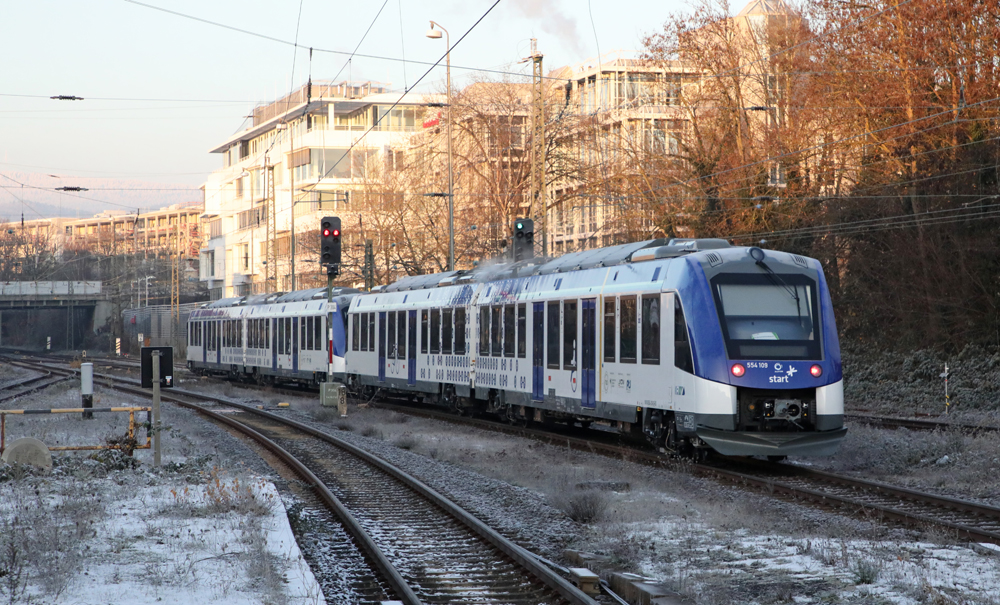
Germany has more hydrogen-powered trains in use than any other country, but regular operation has been hit by snags leading to the temporary replacement of the largest fleet by older diesel trains.
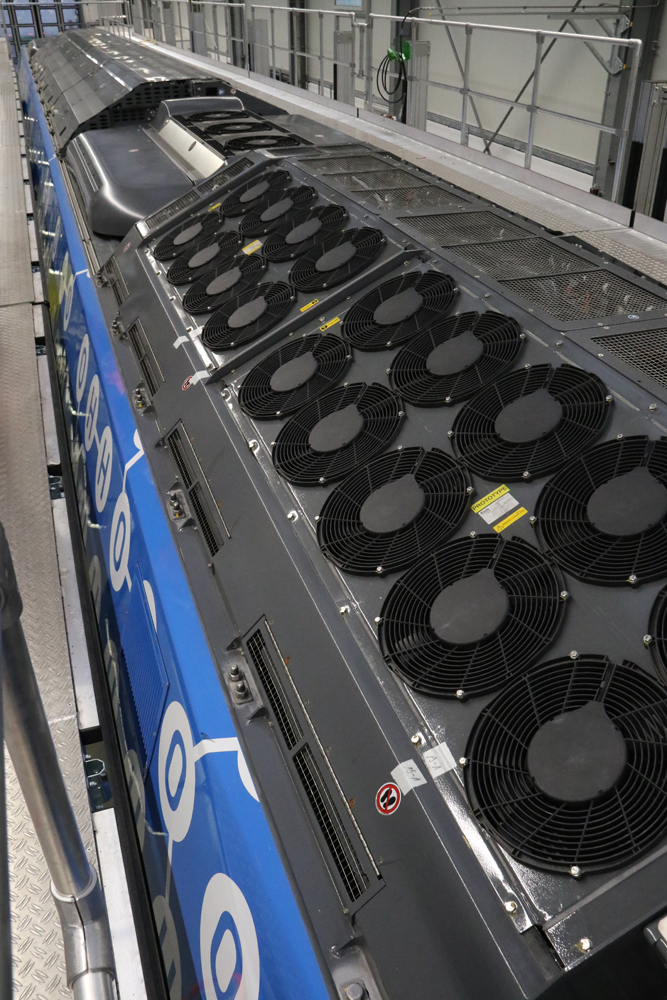
In mid-December 2024, train manufacturer Alstom —first to build hydrogen-powered passenger trains with its iLINT design, launched in 2014 at the InnoTrans trade fair in Berlin — had to withdraw most of the largest fleet it has supplied in Germany for urgent rework and upgrades. The fleet of 27 iLINT trains, known as Class 554, in Germany were bought as part of a 2019 contract worth over $500 million for use on the Taunus network of regional routes north of Frankfurt am Main. The contract included the supply of hydrogen to power the trains; Alstom’s share for the trains was around $350 million.
The iLINT trains have been in regular service since 2023, but intensive use has demonstrated that they do not offer the expected reliability. Alstom has attempted to improve reliability by producing additional spare parts but now intends to completely overhaul each train. The entire fleet will be partly rebuilt at Alstom’s expense, with more powerful hydrogen fuel cells and additional hydrogen storage being fitted. Eighteen of the 27 trains will be withdrawn initially for repairs, with nine remaining in use on the RB12 Königstein-Frankfurt route. Six of the hydrogen trains are scheduled to work daily. A replacement fleet of 16 leased older LINT diesel multiple-unit trainsets, funded by Alstom, will operate other routes in 2025 while the iLINT fleet is overhauled.
The decision to fit large fuel tanks also reflects problems encountered accessing hydrogen supplies. While hydrogen provider Infraserv Höchst is rail connected, the switching movements required have proven more time consuming than expected, in part because access into and out of a secure chemicals plant is involved every time.
Frankfurt regional transport authority RMV, which owns the fleet and funds the operation, has been publicly highly critical of Alstom. The authority says the two years of experience with the hydrogen fleet has “done a disservice to [public] trust in new traction technology.”.
The other fleet of 14 iLINT hydrogen trains in Germany, used in the northern state of Lower Saxony on the Cuxhaven-Buxtehude line west of Bremen, were the first to enter commercial service [see “World’s first hydrogen trains …,” Trains News Wire, July 26, 2022]. They have also suffered from reliability problems, although the main issue has been reliably obtaining supplies of hydrogen to power the trains. Industrial gas specialist Linde, which has the contract to supply the hydrogen, encountered technical problems, leading to multiple trains being cancelled or replaced by DMUs and buses in 2024. Unlike the RMV fleet, these trains are not being withdrawn prior to upgrading, although Alstom has confirmed it is planning to introduce new fuel cell technology across the iLINT fleet from this year onward.
As the first major manufacturer to build hydrogen-powered trains, Alstom established an exclusive supply agreement with Canadian fuel cell manufacturer Hydrogenics (since 2019 part of the larger Cummins group) to produce fuel cells for the rail industry. Outside Germany, Alstom has an order from Northern Italian regional passenger operator Trenord for six hydrogen-powered Coradia Stream trains and is working with some French regions to introduce the technology there. The prototype iLINT trains have been tested since 2015 in several European countries, as well as in Canada and Saudi Arabia. However, no further orders have been forthcoming.
Siemens hydrogen trains enter service, briefly
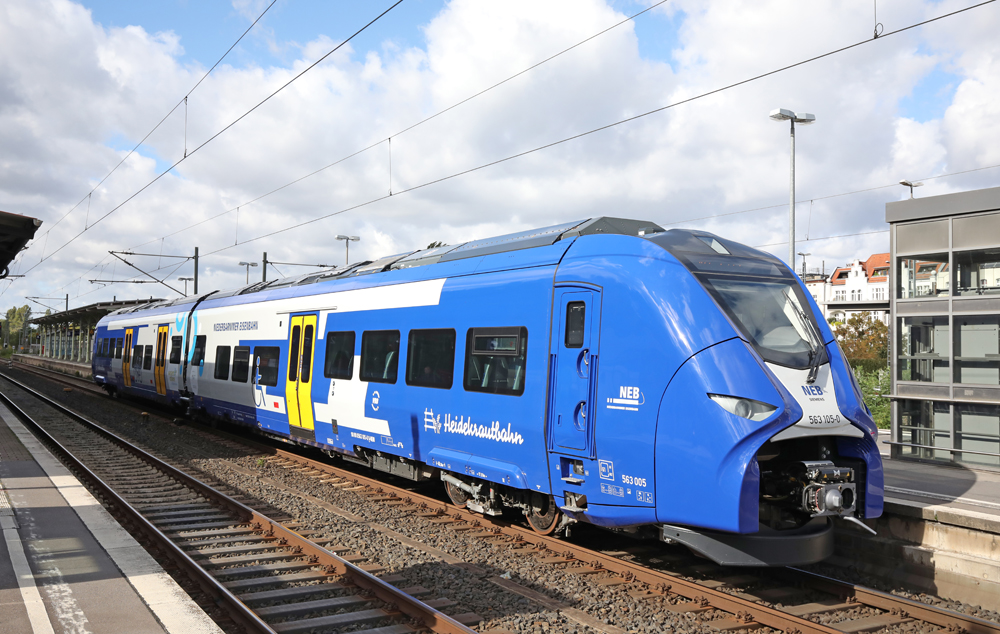
In mid-December, a third hydrogen fleet ordered for use in Germany, and the first built by Siemens, entered service north of Berlin. Within a fortnight, the trains had been withdrawn from service, following problems obtaining reliable supplies of hydrogen. East German regional operator Niederbarnimer Eisenbahn (NEB) introduced its small fleet of seven Siemens Mireo Plus H hydrogen-powered, two-car units alongside a larger fleet of 31 Mireo Plus B battery EMU (BEMU) versions. This was the first regular service for the Siemens hydrogen trains.
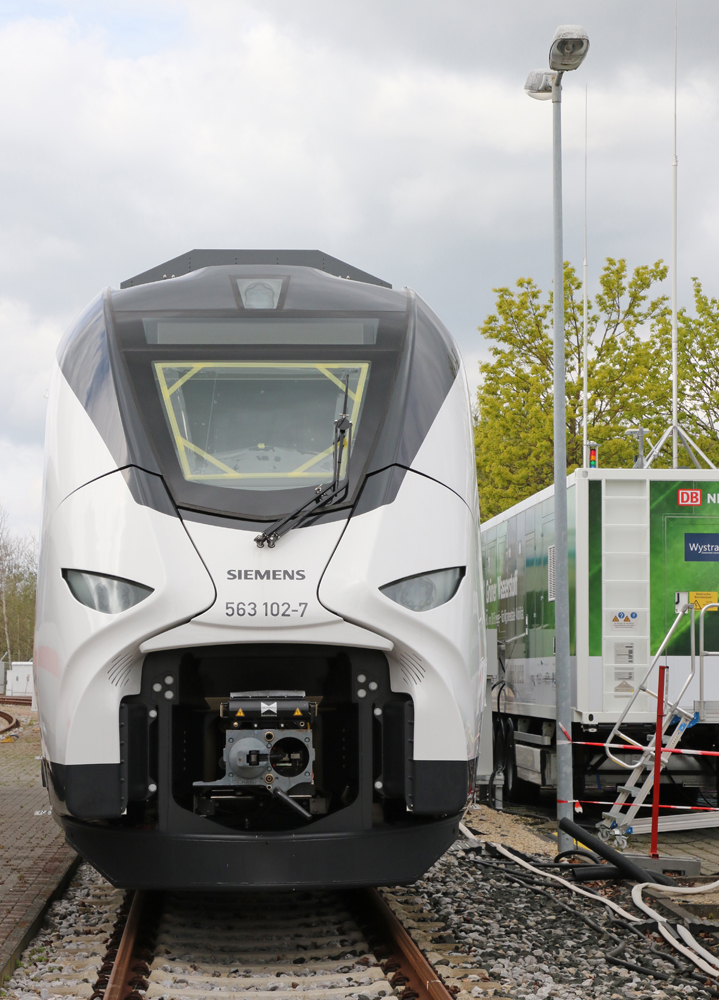
The Berlin/Brandenburg transport authority VBB, which funds the NEB services, announced in the last week of December that the NEB hydrogen fleet would be temporarily replaced by the new BEMUs and older DMUs because of the hydrogen issues. The supplier, German energy company Enertrag, was unable to provide sufficient hydrogen to the NEB maintenance shop at Basdorf, north of Berlin, using road tankers. A hydrogen fuel storage tank system is planned longer term at Basdorf but is not yet operational. Removal of the hydrogen-powered trains led to short-notice service cancellations. These continued for several weeks until mid-January, when hydrogen deliveries became reliable enough to re-introduce some of the trains.
Siemens also has a demonstrator hydrogen Mireo Plus H train; this will begin trial passenger service during 2025 in Bavaria on routes south of Augsburg. Transport authorities in Bavaria, unlike the neighbouring state of Baden Württemberg (which has ruled out hydrogen technology on cost grounds), envision some future role for hydrogen powered trains but have yet to commit to an order. This test operation will be supported by specially built road trailers that store and pump the hydrogen into the train.
Siemens uses hydrogen technology from Ballard which is also based in Canada, and is the provider of fuel cells for the CPKC hydrogen freight locomotive program [see “Ballard to provide more hydrogen engines …,” News Wire, July 27, 2023]. In 2022, Ballard announced a contract with Siemens for 14 200kW fuel cell units to equip the seven NEB Mireo Plus H trains. Options for up to another 86 fuel cells were included.
Stadler also uses Ballard fuel cells, and has fitted them to the Flirt H2 train nearing its debut in Southern California [see “First U.S. hydrogen-powered trainset …,” News Wire, Nov. 10, 2024]. In early December 2024, Ballard announced an order from Stadler for fuel cells branded as ‘FCmove®-HD+’ for the first ten Flirt H2 trains that Stadler is building for California at its Salt Lake City factory. Each train will have cells producing 800kW of power. An option for further fuel cells for up to 19 more trains was agreed as well.
Batteries vs. hydrogen in Europe
All three German hydrogen train orders (placed 2017-2022) – which in total represent 48 two-car trains — were supported indirectly by substantial additional federal government funding, which has since ended. Since the initial funding was used up, no further hydrogen-train orders have been received from German operators, and some German state governments which had signed “in principle” agreements to buy them have decided not to (e.g. Baden Württemberg).
The operating difficulties to date, plus the substantially higher cost of buying hydrogen trains in the first place, has probably given battery power a clear advantage as operators in Germany and across Europe look to get rid of diesel-powered passenger trains. Several hundred battery EMU trains have been ordered for use in Germany from Stadler, Alstom, Siemens, and CAF. Multiple trains are in service, with many more due in 2025-26 from all four manufacturers; similar BEMU trains are also on order for use in other European countries. As in Germany, there have been no further orders for hydrogen-powered passenger trains elsewhere in Europe, although a small number of hydrogen-powered switching locomotives are on order.






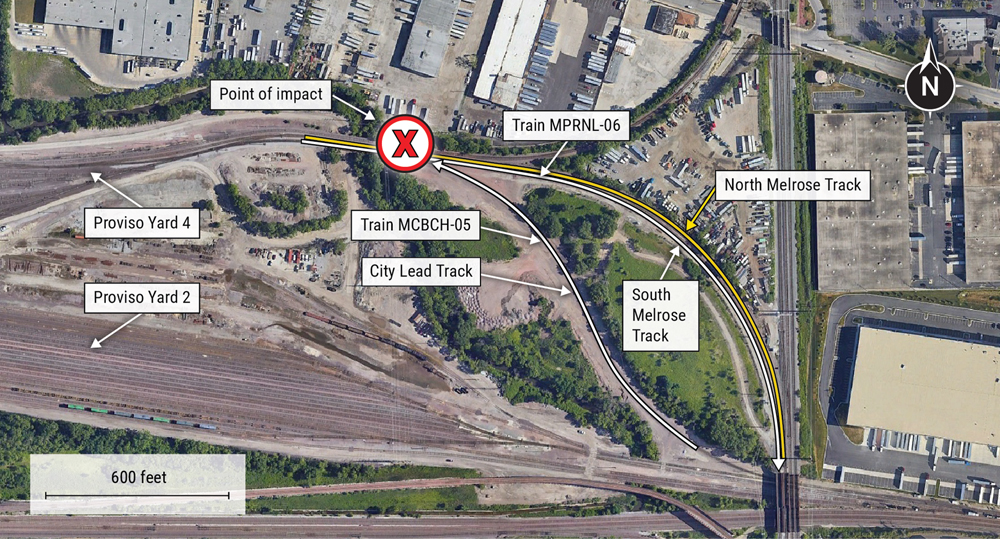
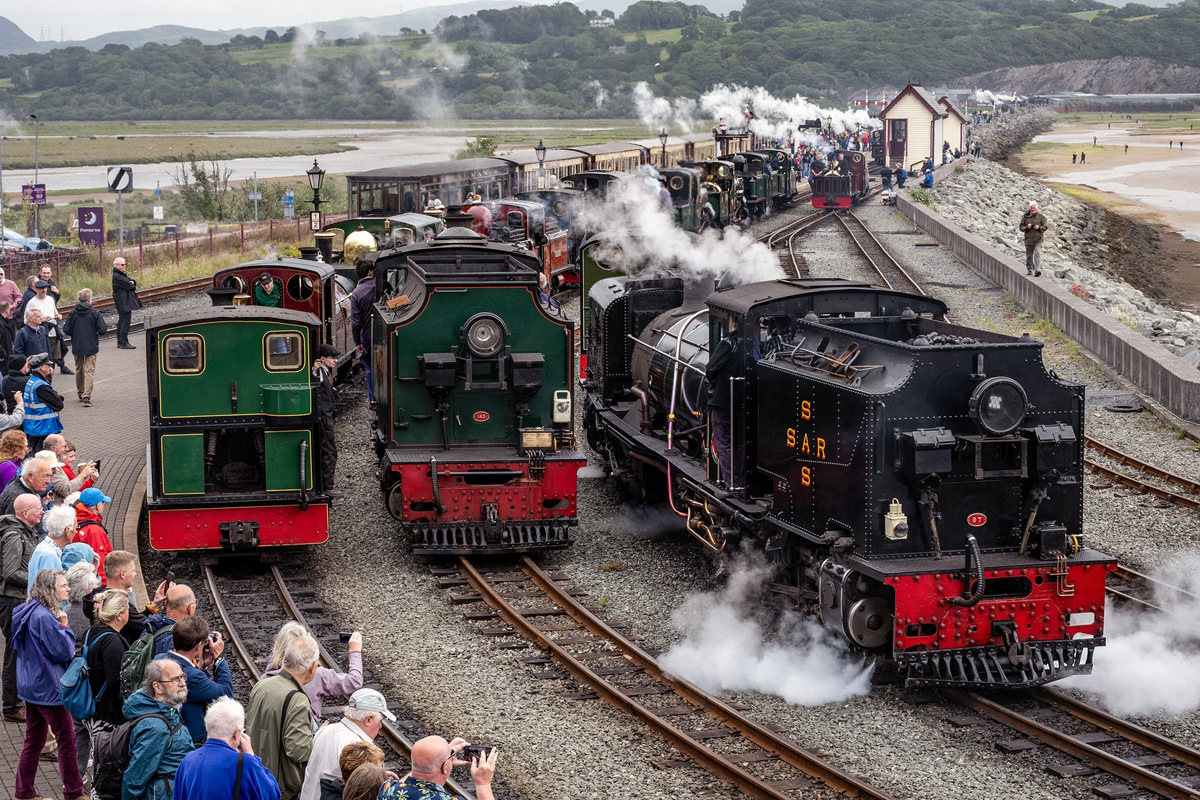



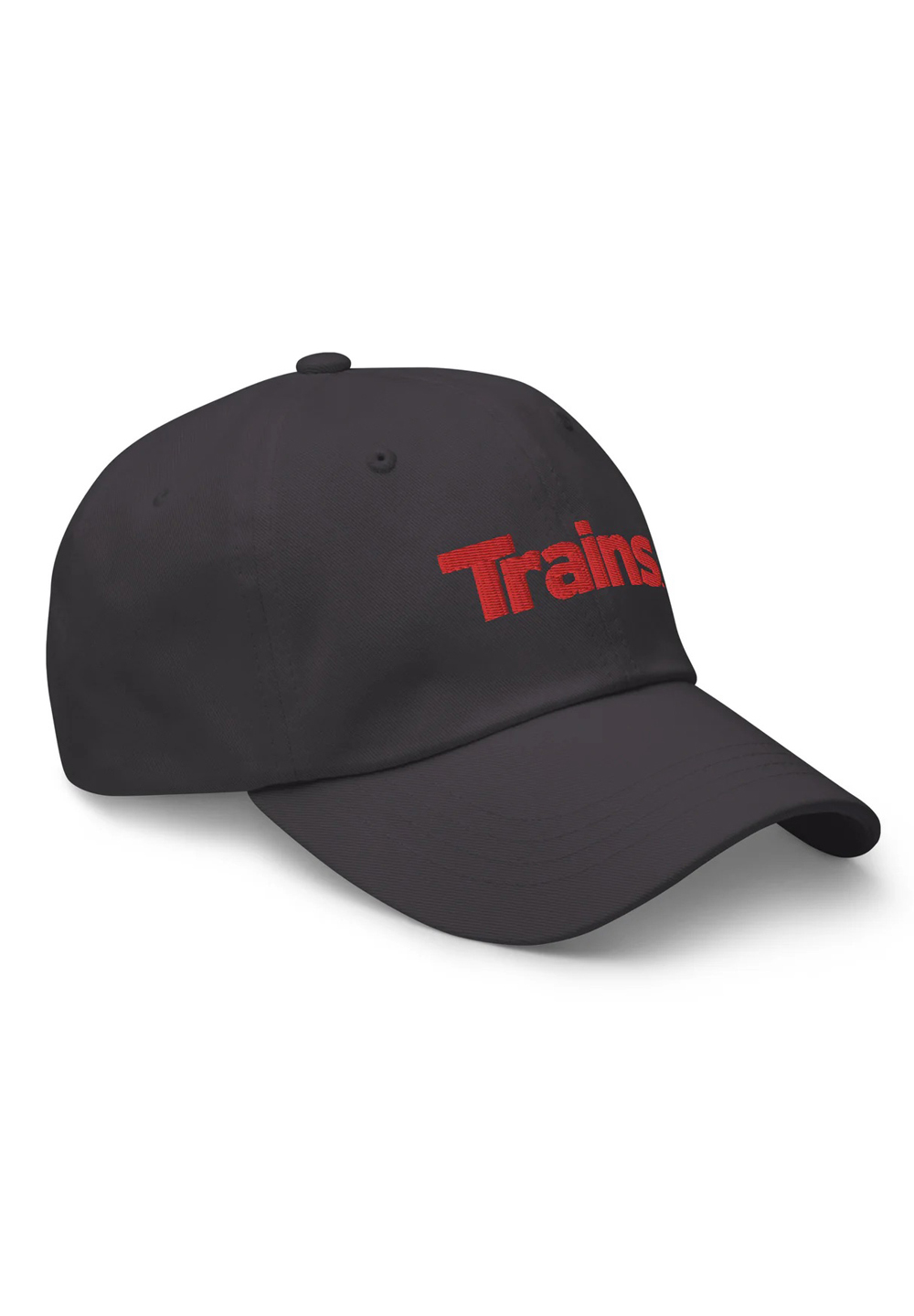


Railroad environment is harsher on this technology than realized. Diesels are tough power plants and more reliable than hydrogen power sources. I do not anticipate hydrogen will ever be efficient for heavy haul uses, unless the product is redesigned. Was this equipment rushed too fast?
Really suspected H2 trains would take 3 – 5 years for major problems to arise. Evidently the underpowered fuel cells did not even last that long. Others have addressed the problem of reliable H2 supplies. Larger fuel tank really not the operational problems of the equipment that appears to be happening. May take a few years of solving the Chicken and egg problem of fuel cell trains and supply.
I have often wondered why the many battery switchers that entered service being retired after about 5 -7 years. Will that happen to the Battery trains including MNRR and Amtrak?
“underpowered fuel cells”
The Ballard cells when used in rail application are in a series/parallel configuration to be able to meet the motive power requirement. A capacitor bank is used to buffer the output from the cells to the trucks. A regulator is used to make sure the power is never unbalanced.
The article references hydrogen supply and replacement parts availability. Which parts were failing? the valving controlling H flow at the required temps or the catalyzer?
If the cars are underpowered, was it the makers fault for underspeccing the cells or the requirements were too low from the requester?
Too many unanswered questions.
“If the cars are underpowered, was it the makers fault for underspeccing the cells or the requirements were too low from the requester?”
I think you may be onto something, John Rice. Overload/undersized H2 cells would increase the internal resistance causing much heat, as well as the need for all those thermal exhaust fans, thus requiring even more electrical power. All those exhaust fans may have been a coverup for poor electrical engineering design???
I believe H2 is a viable source of clean energy if it is used properly and obtained cost effectively. However, with all the catenary infrastructure (above pics) in Germany and many other European countries, shouldn’t there be more strategically located and overlapping hi-tension catenary power plant substations, for greater electrical distribution, while experimenting with clean alternative energy sources such as the safe(r) nuclear liquid fluoride thorium reactors (LFTR) that I have commented before, here on this forum. I would think that German ingenuity and many other countries would go for something like that???
I should add that Brightline West should be exploring the possibility of safe(r) LFTR nuclear energy.
Looking forward to hearing a status on the Ballard based CPKC and CSX equipment.
And also the Hydrogen FLIRT from Stadler in service in California.